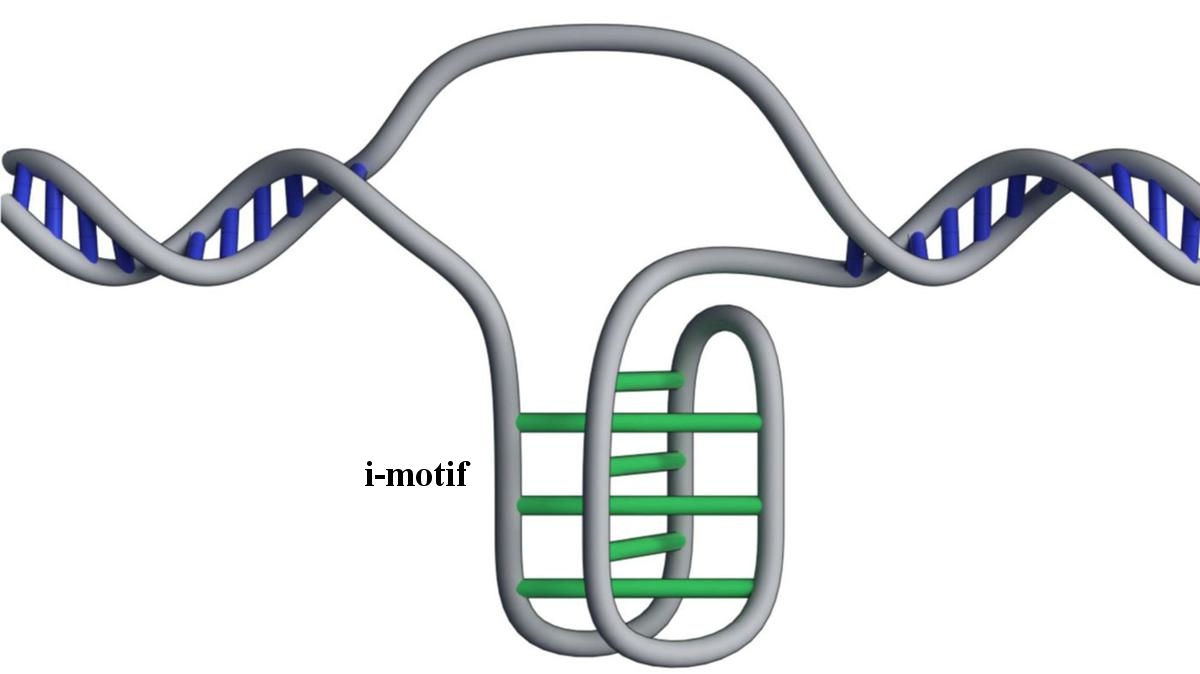
This is “convention season” for homeschoolers across the United States, so I have been traveling to several different homeschool conventions, giving talks and speaking individually with lots of homeschooling parents. In some ways, these conventions never change. Many of the talks that I give are on the same topics that I spoke about at homeschooling conventions more than 20 years ago: how to “teach” science at home, why it is best for most students to be homeschooled through high school, and the fact that homeschooling produces graduates who are, on average, significantly better university students. Obviously, the details of the talks change every few years, but the basic points do not.
In the same way, many of the questions I get from homeschoolers are the same year after year and convention after convention. My son is only in 7th grade but is about to start Algebra 1. Should he really take high school biology? (In general, the answer is “yes,” but it depends on the student’s ability to work independently and how he reacts to academic rigor.) If he does take biology in 7th grade, can it be included on the high school transcript? (Once again, the answer is “yes.” See this article for more details.) My daughter is very talented in ballet and wants to pursue it as a career, but it requires a lot of rehearsal time. What should I do? (If a professional says that she has real potential, then you should scale back her other academic courses so that she can pursue her talents. Don’t neglect her education; just pare it down to the basic essentials so that she can have more time to hone her craft).
At the same time, however, each year brings a few changes. Some of the conventions that used to be large and well-attended are either very small or nonexistent. Other conventions that didn’t exist many years ago are now large and well-attended. Lots of new curricula are available, giving homeschoolers a wealth of choices for how to meet their children’s educational needs. The people you see at homeschooling conventions are also becoming more and more diverse every year.
This year, I noticed a new difference. Most likely, the difference has been slowly growing over a period of many years, but after speaking at the California Homeschool Convention this past weekend, it struck me that this year, I have interacted with a lot of second-generation homeschoolers (homeschool graduates who are now homeschooling their own children).
Continue reading “Observations about Second-Generation Homeschoolers”









